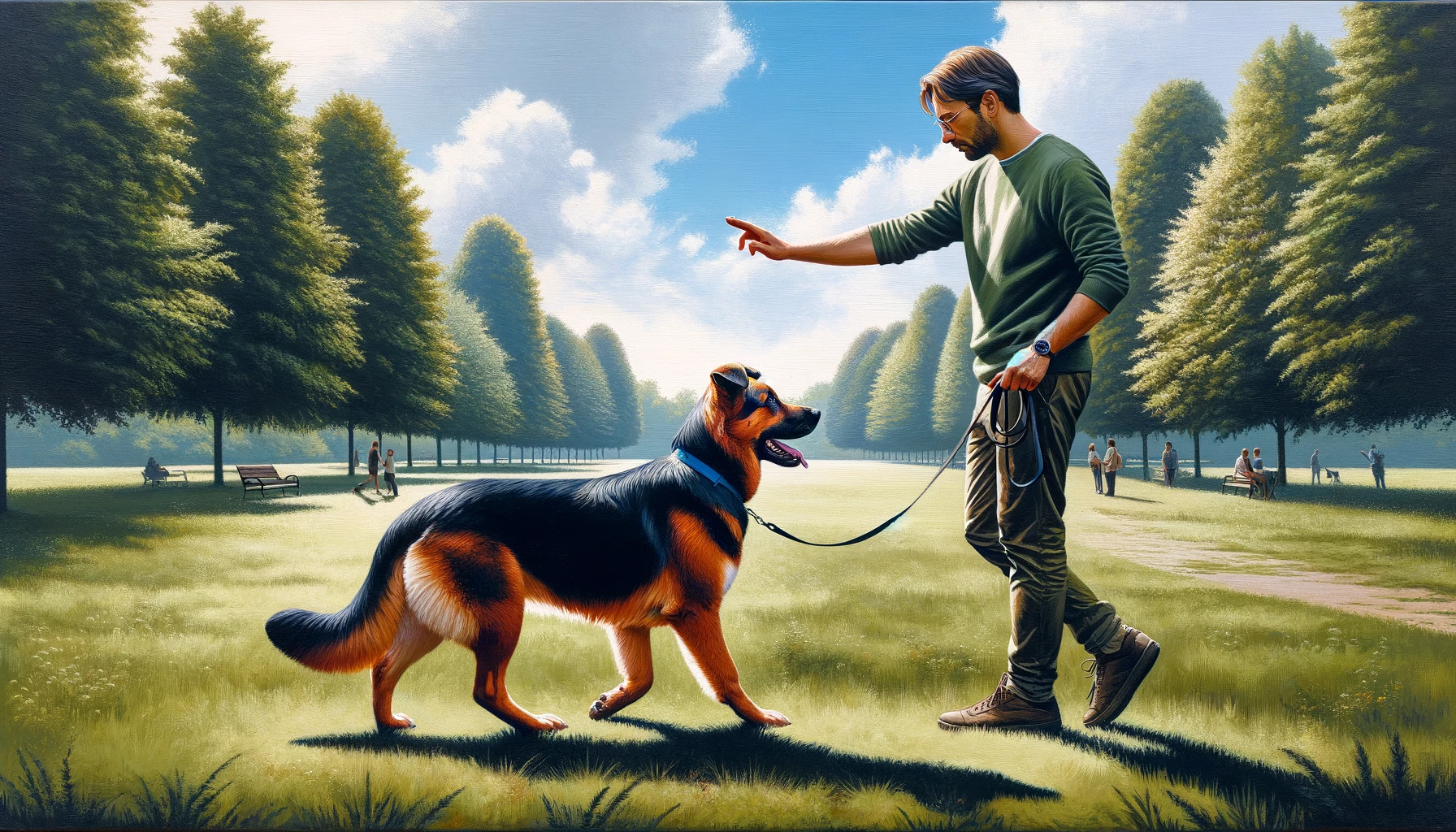Teaching your dog to back up on command is not just a fun trick; it’s a useful skill that can enhance your dog’s safety and your control in various situations. Whether you’re trying to keep your dog out of the kitchen while cooking, needing to manage space more efficiently, or navigating through crowded areas, the “back up” command can be invaluable. This guide will take you through the steps to teach your dog this handy reverse command, along with some tips to make the training process smooth and enjoyable for both of you.
Understanding the Basics
Before diving into the training process, it’s essential to understand the basics of dog training. Dogs learn best through positive reinforcement—rewarding the behaviors we want to see repeated. For teaching the “back up” command, treats, praise, or toys will be the primary motivators. Consistency, patience, and clear communication are key. Ensure you’re in a quiet environment with minimal distractions when starting out.
Step 1: Setting the Stage
Start by choosing a clear verbal cue such as “back up” or “reverse.” Consistency in the command word is crucial for your dog to understand and respond correctly. Position your dog in a hallway or a space where they can only move backward or forward, limiting their options to the desired behavior.
Step 2: Encouraging the Movement
With your dog standing in front of you, hold a treat just out of their reach. As you say your chosen command, step towards them gently but assertively, encouraging them to step back. The moment your dog takes even a single step backward, immediately reward them with the treat and plenty of praise. This step might take several tries, but patience is key. Remember to keep training sessions short and sweet, about 5-10 minutes, to prevent your dog from losing interest or becoming frustrated.
Step 3: Increasing Distance
Once your dog begins to understand the command and can take a couple of steps back reliably, you can start increasing the distance they need to back up before receiving a treat. Gradually extend the distance by a foot or two at a time, ensuring your dog is comfortable and successful at each stage before moving on. This gradual increase helps build your dog’s confidence and understanding of the command.
Step 4: Adding Distractions
As your dog becomes more proficient at backing up on command, begin introducing distractions to ensure they can perform the behavior in various environments. Practice in different locations and add challenges like toys or other people in the vicinity. This step ensures your dog can respond to the command reliably, no matter the situation.
Troubleshooting Common Issues
Some dogs may find this command more challenging than others. If your dog is struggling, consider using a leash to guide them gently backward or using your body more assertively to block their forward movement. Never use force or intimidation, as this can lead to fear and resistance. If progress stalls, take a step back to the last successful point and rebuild from there.
The Benefits of Backing Up
Teaching your dog to back up is not just about the physical movement. It’s about enhancing your communication with your dog, strengthening your bond, and ensuring their safety. This command can help manage personal space, navigate crowded places safely, and even prevent accidents by keeping your dog out of harm’s way.
Teaching your dog to back up is a rewarding process that enhances your toolkit of commands, offering both practical benefits and a fun challenge for your pet. Remember, every dog learns at their own pace. Celebrate the small successes and maintain a positive, encouraging training environment. With time, patience, and consistent practice, your dog will be backing up on command, adding a useful skill to their repertoire and providing you with additional control and safety in various situations.



